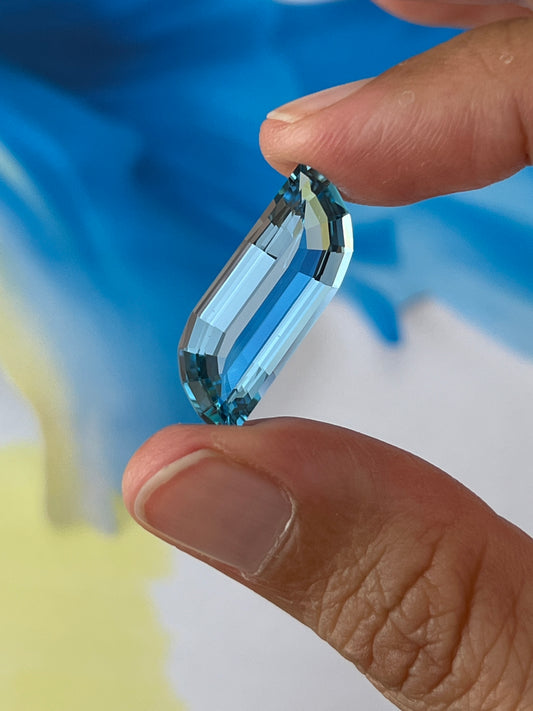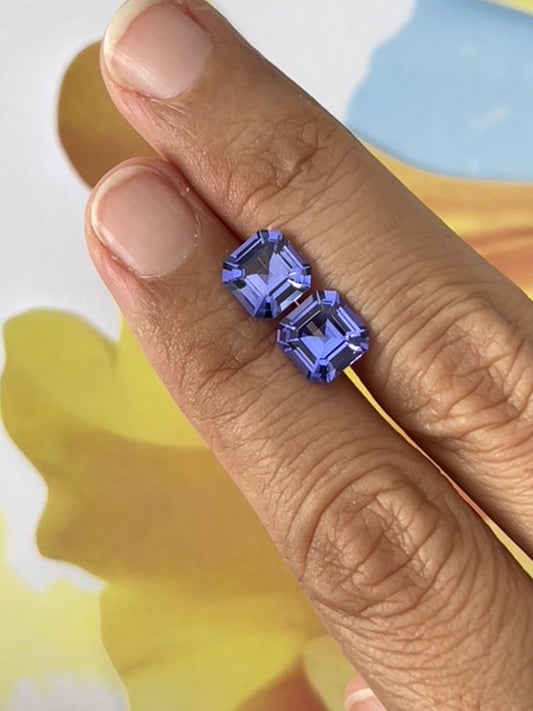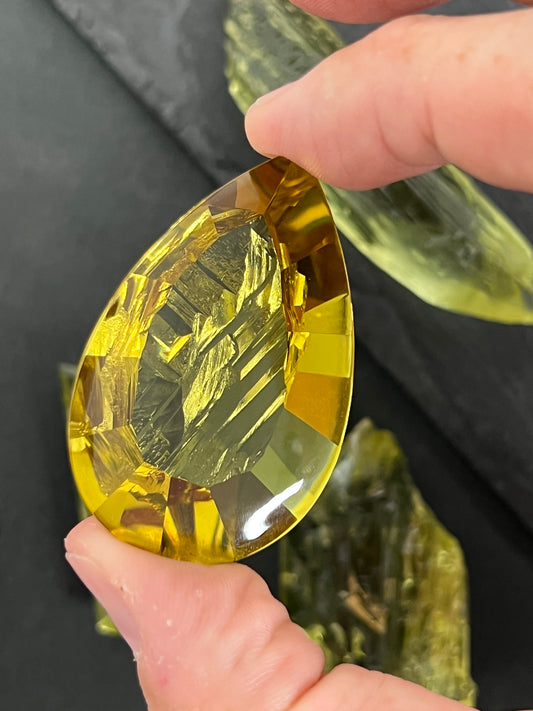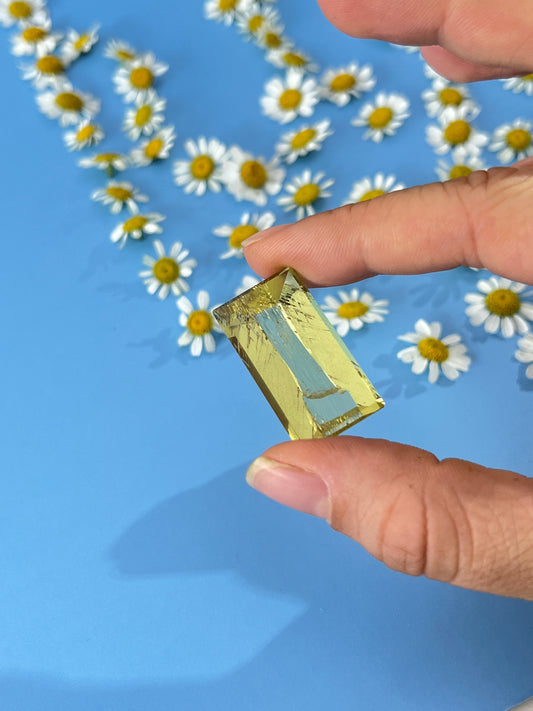91.30 ct Heliodor Beryl #1214473
91.30 ct Heliodor Beryl #1214473
Regular price
$1.00 USD
Regular price
Sale price
$1.00 USD
Unit price
per
Estimated Price: $25,000-30,000
This 91 ct piece is quintessential Volodarsk Volynskii heliodor - rich golden color with delicate and detailed crystal etching. An incredible collector's piece, completely natural and untreated. 60 x 18.8 x 11 mm
VAT & Sales Tax
VAT & Sales Tax
The winning bidder is responsible for any applicable VAT or sales tax.
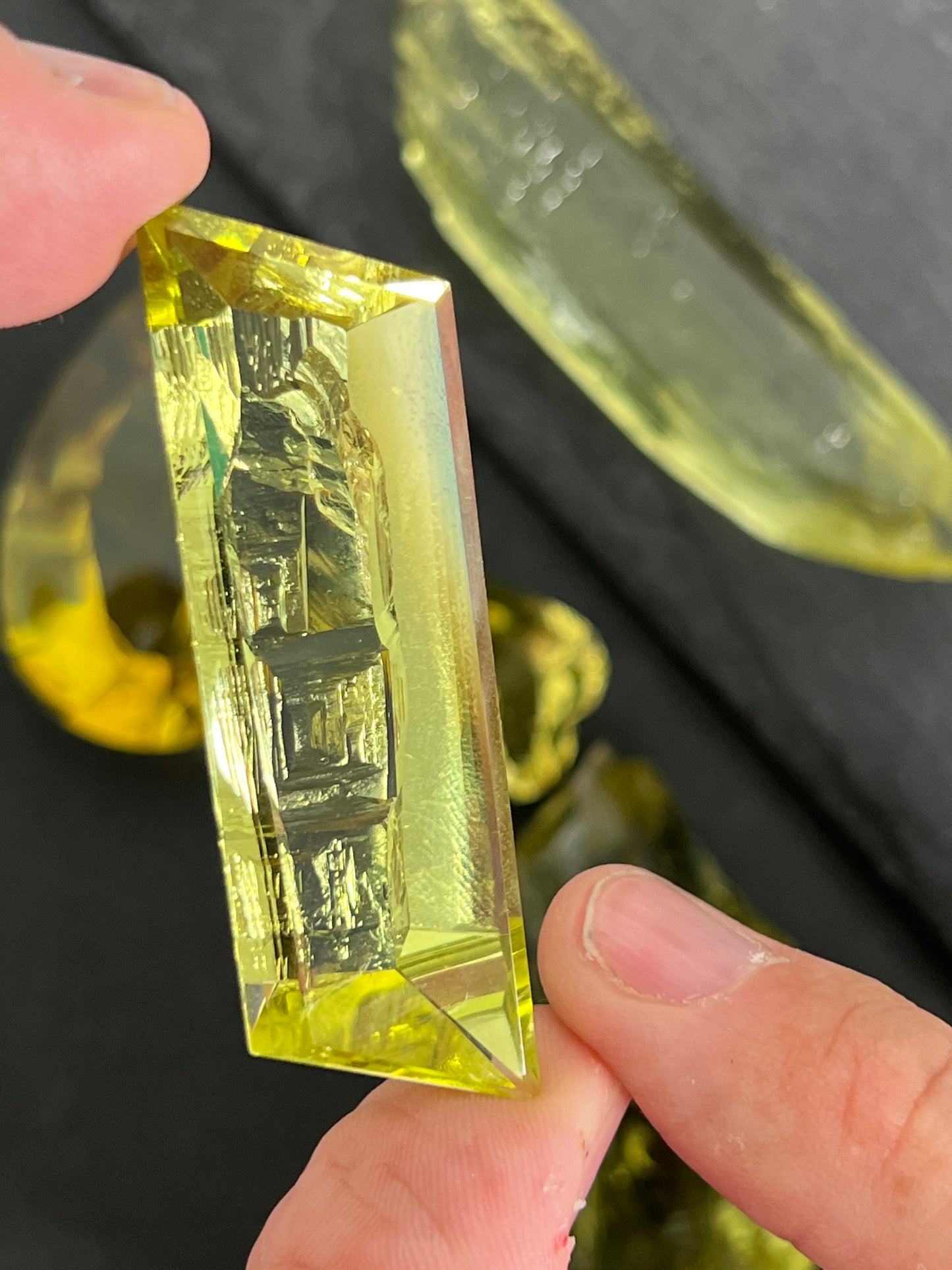
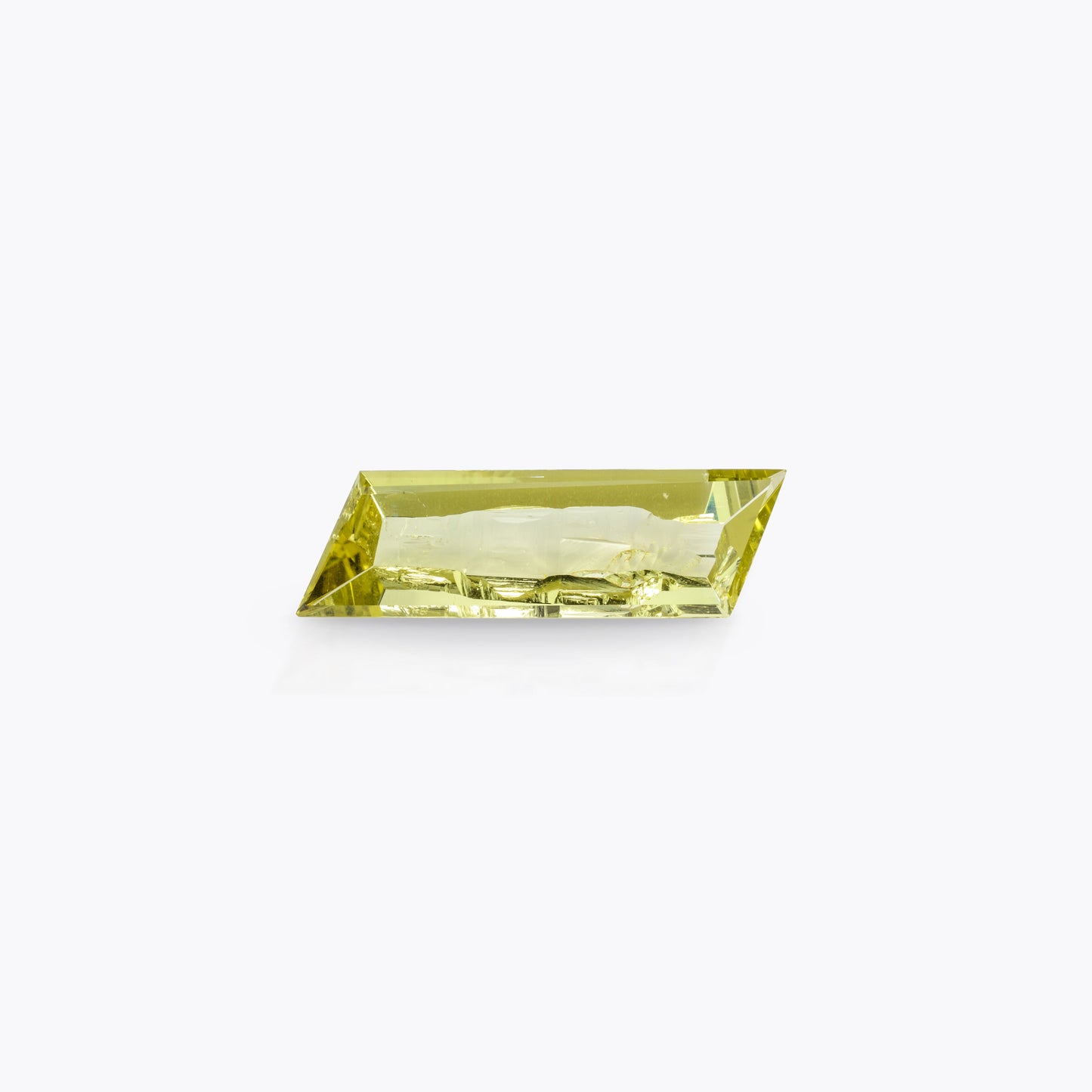
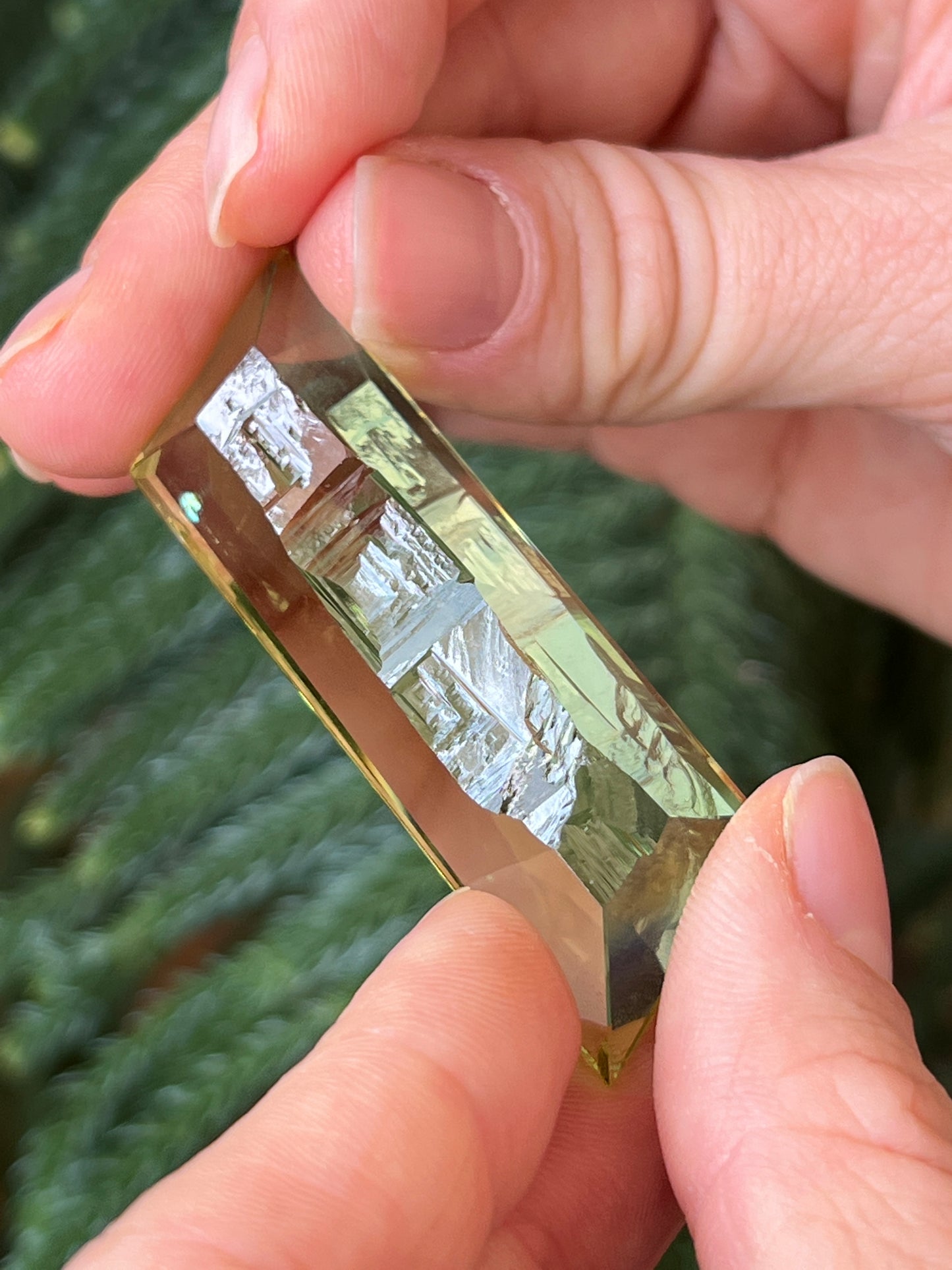
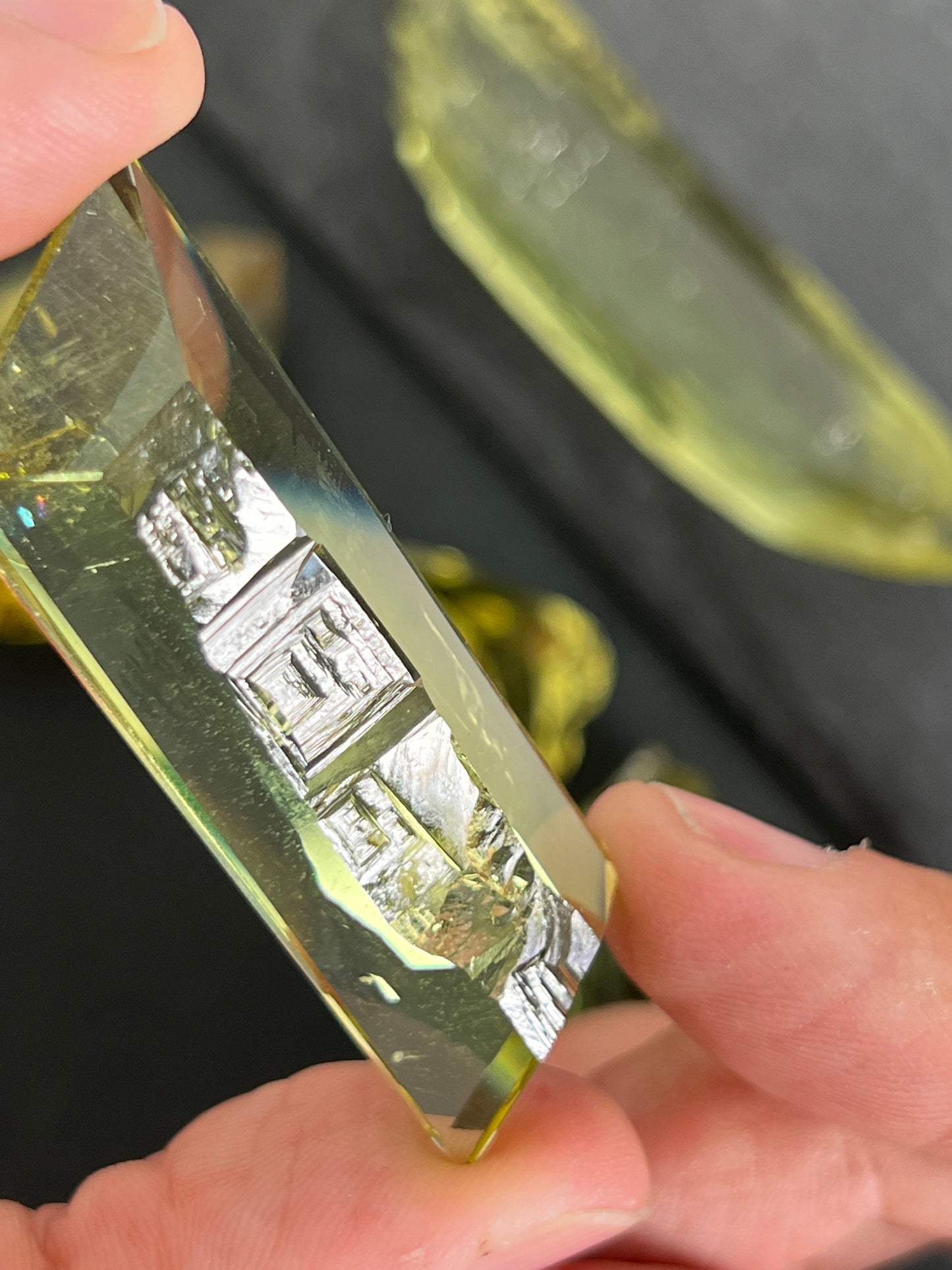
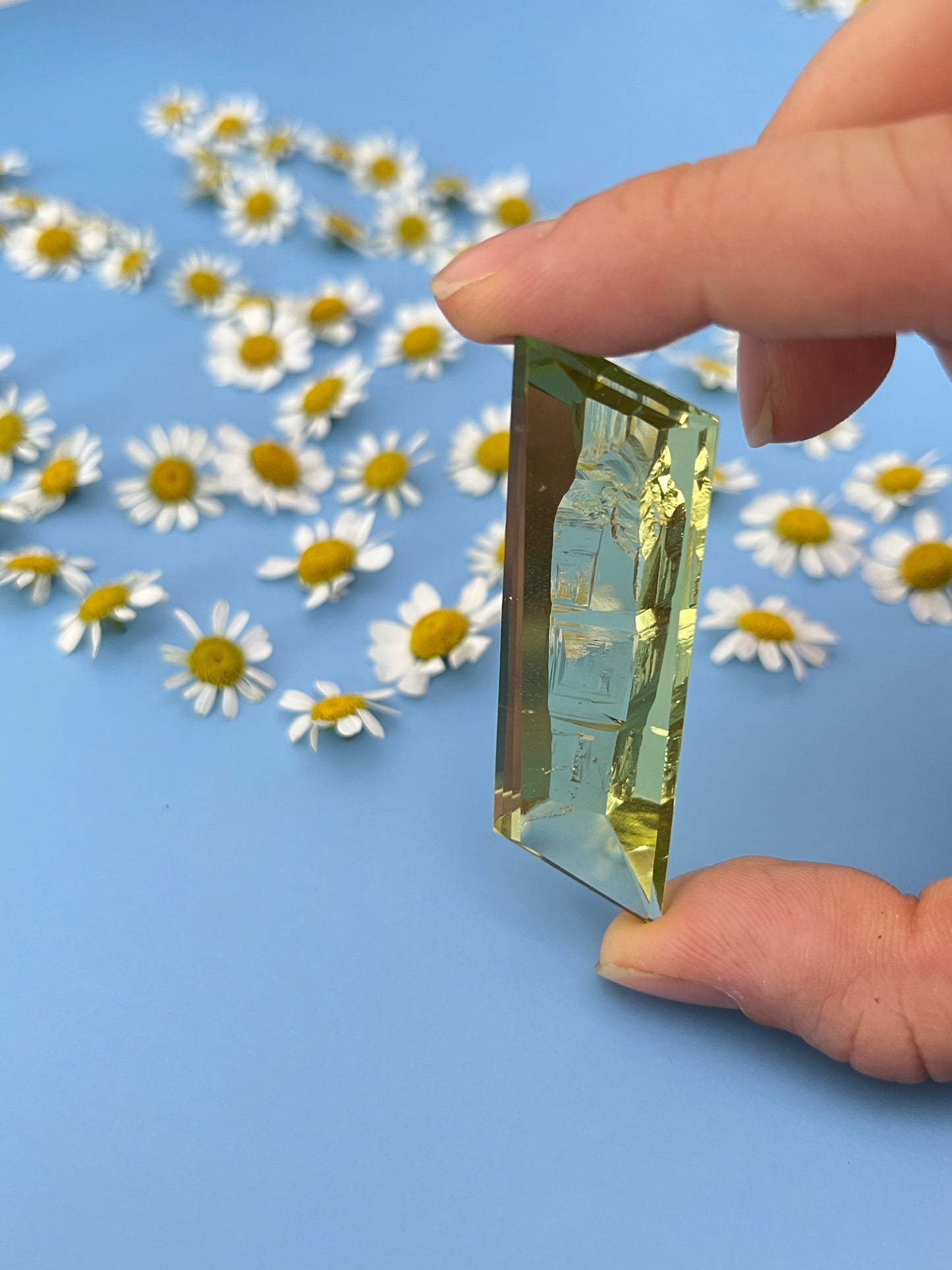
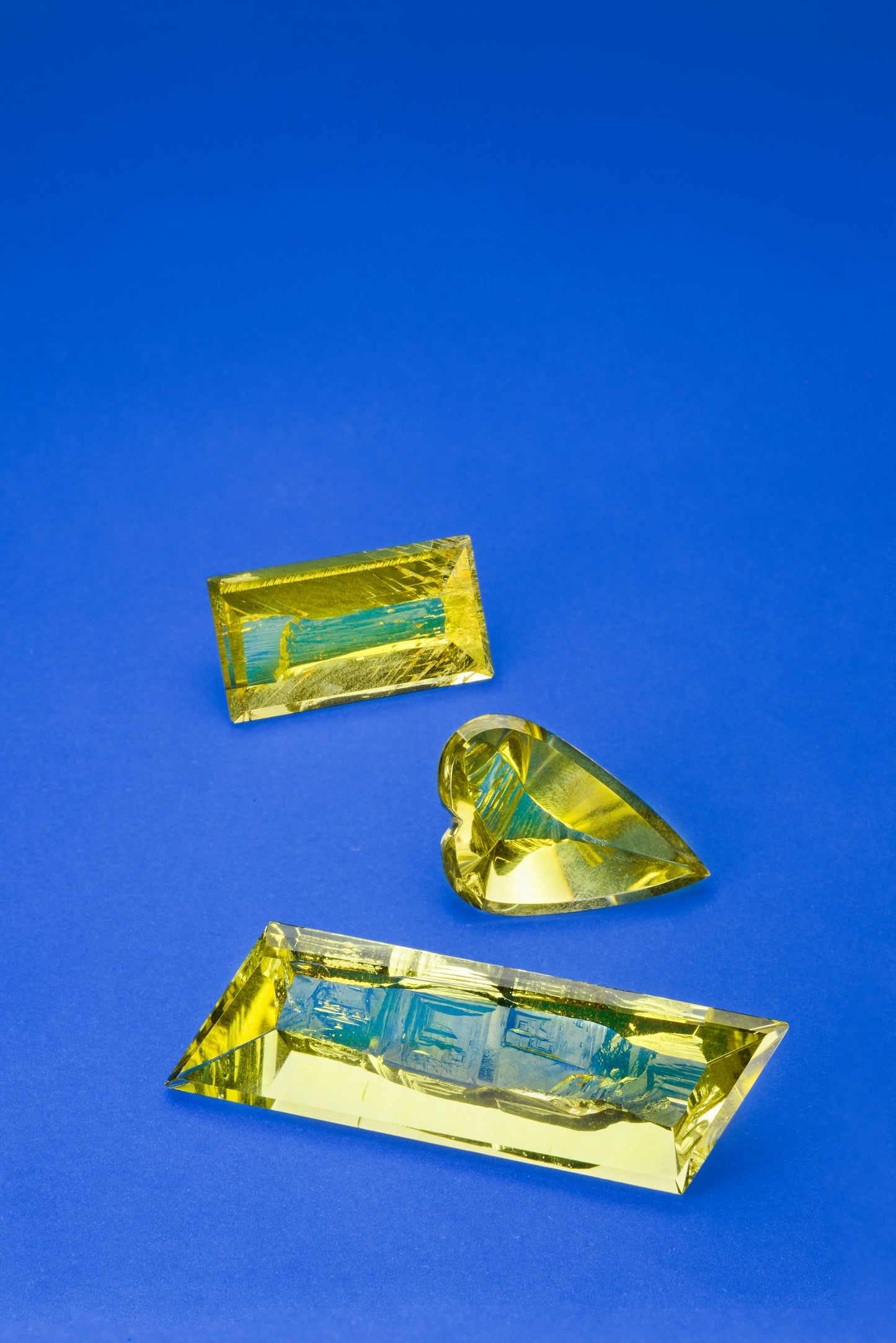
Traceability & Provenance
Level 2 - On-site Contact
Volodarsk Volynskii, Zhytomyr State
Ukraine









